A gorgeous fixture to enhance the outdoor living environment
An outdoor chandelier is suspended light fixture that is used to maximize the livability and beauty of an outdoor space. Technically, a chandelier is a form of pendant light, but it stand outs as an artistic centerpiece that can add a focal point or conversation piece to a space, while simultaneously providing an ambient or task layer of light. Chandeliers do wonders to create visual depth, define the space, give scale, and reveal design sensibility. Their role are not only to cast light but also to make a grand impression as a showpiece of decorative sentiment and material beauty. When done right, chandeliers can adds class and grace, making the ordinary extraordinary.
Design concept
An outdoor chandelier can make for a wonderful accent that completes the perfect final flourish in your exterior design scheme. The suspended fixture creates a showstopping radiance on the deck, above a patio table, or under a porch or pergola. While a dining room or living room chandelier is regarded as the crown jewel of an interior space, an outdoor chandelier installed in an outdoor structure such as a porch, pergola, portico, or a stoop creates visual expansion and continuity between the indoors and outdoors. Outdoor chandeliers place a heavier emphasis on architectural integration and thus are usually less ornate than indoor chandeliers. These fixtures bring light down to a more human scale in an outdoor structure or space where the mounting height that is 10 or more feet high. Decorative lighting fixtures of this type reach out to fill up voids through chains, cords, arms, or poles.
Scale and configuration
Chandeliers come in various fixture configurations, shapes, sizes, and can be as dramatic or as understated as you want. Chandeliers can be classified by the direction in which they cast light: uplights, downlights and multi-directional lights. In exterior lighting applications, uplights and multi-directional chandeliers should be used carefully in order to avoid introducing glare and light trespass to the neighborhood areas.
Outdoor chandeliers are less versatile in forms than indoor chandeliers but still there are many designs to choose from. The eight popular types are candelabra chandeliers, crystal chandeliers, drum chandeliers, center bowl chandeliers, cage style chandeliers, sputnik chandeliers, island chandelier, and mini chandeliers (chandelettes). To make a chandelier a conversation piece to the room, scale is very important as well. Outdoor fixtures seldom go with a tiered configuration because the space is usually limited and a massive chandelier in such a space is overkill.
Design style
Outdoor chandeliers take many styles, ranging from traditional, transitional through to rustic and contemporary ones. A traditional candelabra chandelier typically has candle shaped lamps with scrolling metal structure to provide a more ornate and classic look. Transitional chandeliers walk the line between traditional and contemporary to translate a traditional piece into a fixture with a touch of contemporary sleekness. This characteristic makes them the most adaptable light fixtures. Rustic chandeliers integrates organic shapes, textures, and weathering to deliver a more casual feel and a natural aesthetic. Industrial fixtures use cage lights, reclaimed wood, pipe fittings and iron facings to mimics turn-of-the-century factory design. Contemporary fixtures are defined by sleek designs, clean lines, unique shapes, metallic finishes, and a clean look. They can take the shape of anything to unite style, function, and sophistication.
LED technology redefines the possibilities with lighting
LED lighting has advanced to the point where it is the best option for the vast majority of lighting applications, outdoor lighting is no exception. The use of LEDs as the light source has resulted in measurable energy savings, offers the possibility of new form factors and enables new lighting functionalities beyond basic lighting control. Outdoor LED chandeliers are divided into two types: lamp-based fixtures and integrated LED fixtures. Lamp-based fixtures use LED light bulbs which are developed as a replacement for incandescent, halogen and compact fluorescent bulbs. Integrated LED chandeliers use LED modules that a specifically designed for a fixture.
While LED bulbs provide a plug-and-play solution to upgrade existing fixtures to LED lighting, their performance and lifespan are inherently restricted due to compromises made in the bulb design. Integrated design unlocks more of the benefits tied to solid state lighting, which including greater design flexibility, more efficient thermal management, and more advanced dimming and control options.
Surviving outdoor rigors
Outdoor chandeliers are designed to work with the weather. The lighting system must be engineered to have a high level protection against rains, splashing water and dust. Because flying insects are attracted to light, a sealed construction makes a great sense to ensure sow bugs are not trapped in the lamp shade or bulbs. The ability to withstand the rigors of outdoor exposure, resist corrosion and ultraviolet degradation is also a critical part of product engineering.

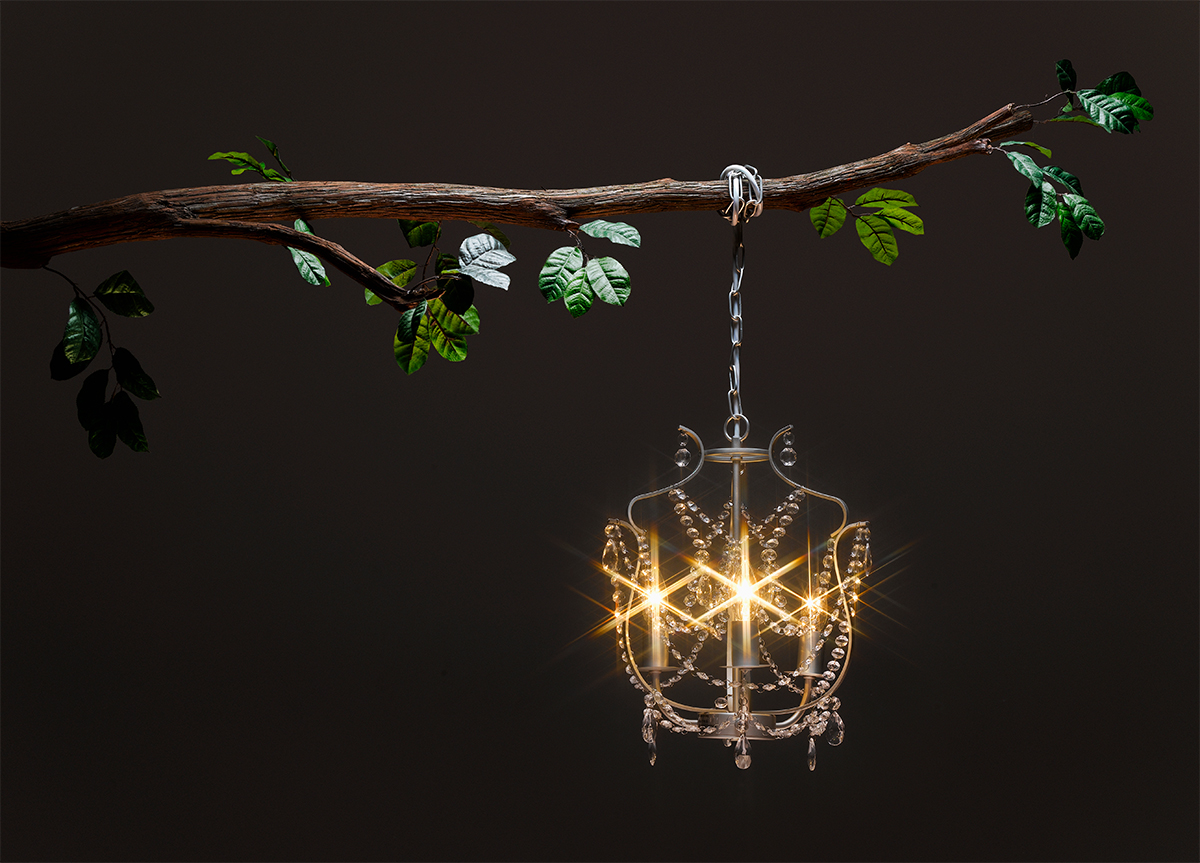
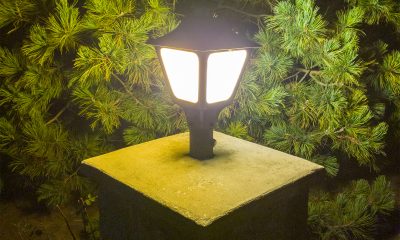
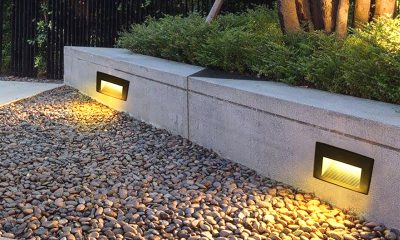
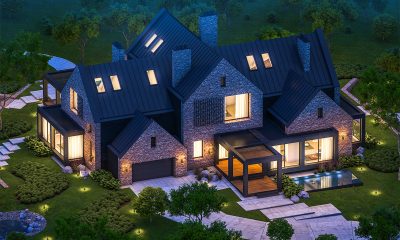
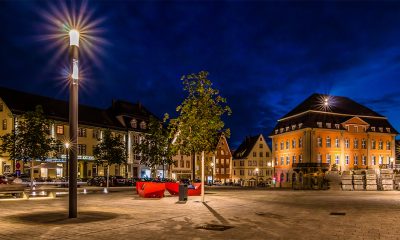
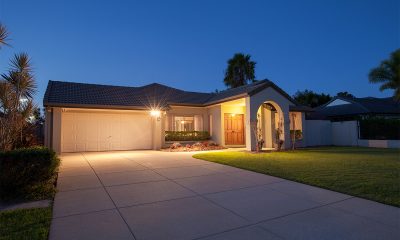
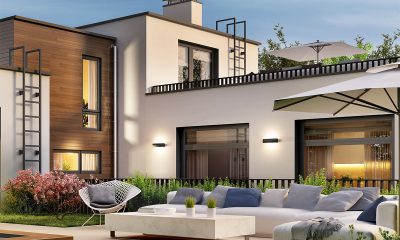
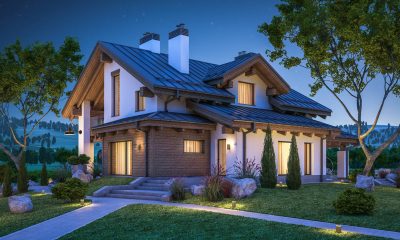

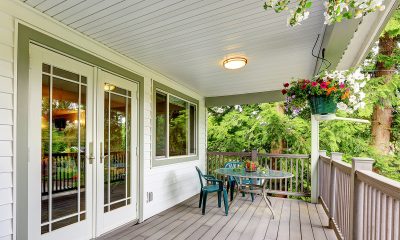
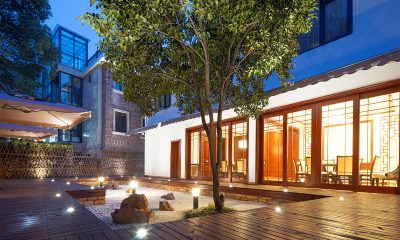
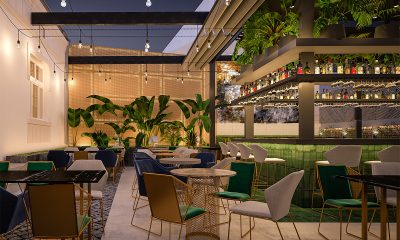
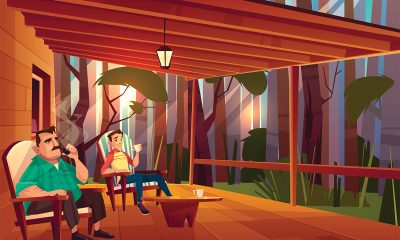





Loading...